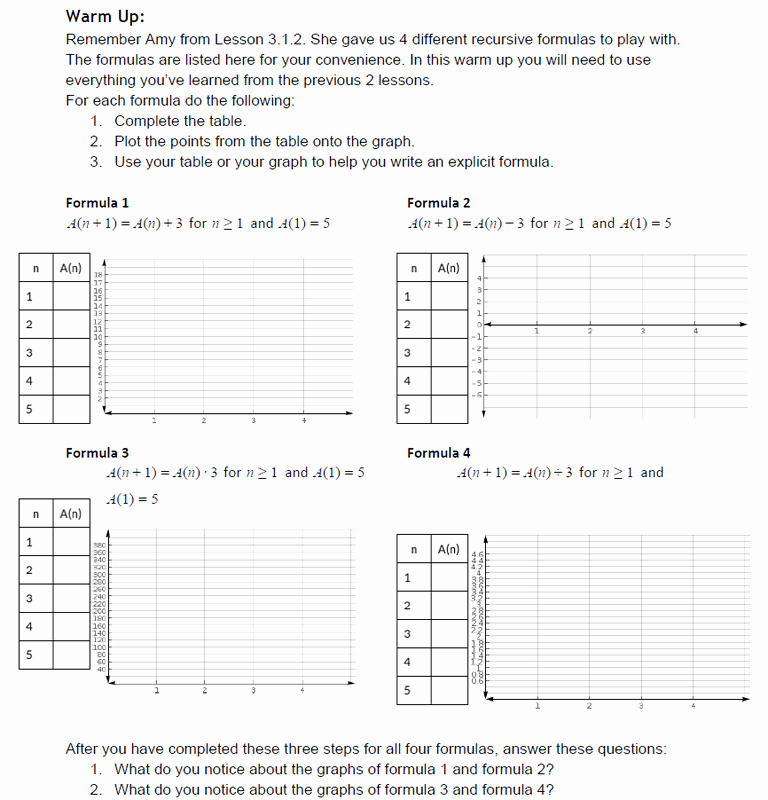
The following table shows some AP examples and the first term, the common difference, and the general term in each case. Thus, the general term (or) n th term of an AP is referred to as the arithmetic sequence explicit formula and can be used to find any term of the AP without finding its previous term. Therefore, the 102 nd term of the given AP 6, 13, 20, 27, 34. But what if we have to find the 102 nd term? Isn’t it difficult to calculate it manually? In this case, we can just substitute n = 102 (and also a = 6 and d = 7 in the formula of the n th term of an AP). Then 6 th term = 5 th term + 7 = 34 + 7 = 41. , we can just add d = 7 to the 5 th term which is 34. For example, if we have to find the 6 th term of 6, 13, 20, 27, 34. We know that to find a term, we can add 'd' to its previous term. But what is the use of finding the general term of an AP? Let us see. Thus, the general term (or) n th term of this AP is: a n = 7n - 1. For example, to find the general term (or) n th term of the progression 6, 13, 20, 27, 34., we substitute the first term, a 1 = 6, and the common difference, d = 7 in the formula for the n th term formula. The general term (or) n th term of an AP whose first term is 'a' and the common difference is 'd' is given by the formula a n = a + (n - 1) d.

The first term of an arithmetic progression is usually denoted by 'a' or 'a 1'.įor example, 1, 5, 9, 13, 17, 21, 25, 29, 33. This fixed number is known as the common difference and is denoted by 'd'. In this progression, each term, except the first term, is obtained by adding a fixed number to its previous term.

Geometric sequences are formed by multiplying or dividing the same number.An arithmetic progression (AP) is a sequence of numbers where the differences between every two consecutive terms are the same. The difference between an arithmetic and a geometric sequenceĪrithmetic sequences are formed by adding or subtracting the same number.This is not always the case as when r is raised to an even power, the solution is always positive. A negative value for r means that all terms in the sequence are negative.Mixing up the common ratio with the common difference for arithmetic sequencesĪlthough these two phrases are similar, each successive term in a geometric sequence of numbers is calculated by multiplying the previous term by a common ratio and not by adding a common difference.


 0 kommentar(er)
0 kommentar(er)
